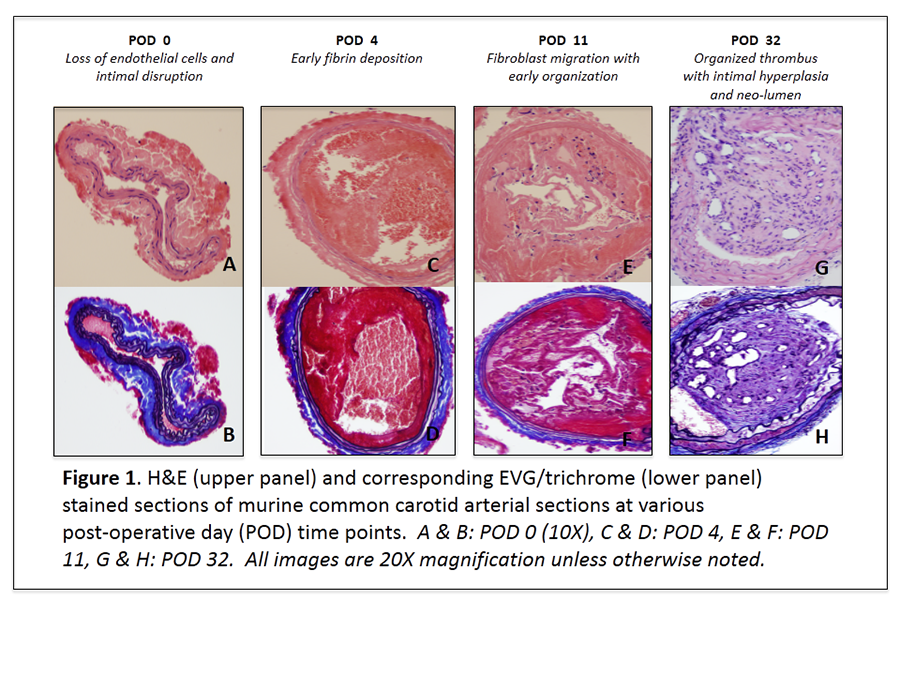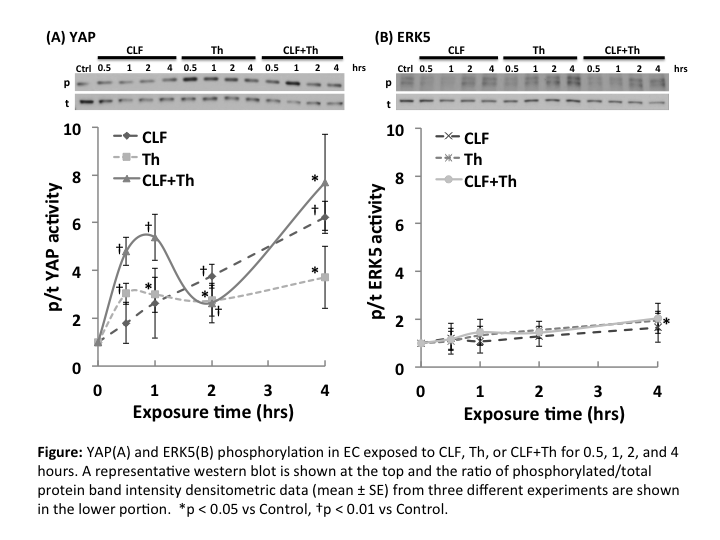P. J. Lawson1,2, H. B. Moore1,2, A. W. Bacon1,2, E. Gonzalez1,2, A. P. Morton1,2, A. Banerjee1, J. H. Morrissey3, E. E. Moore1,2 1University Of Colorado Denver,Surgery,Aurora, CO, USA 2Denver Health Medical Center,Surgery,Denver, CO, USA 3University Of Illinois,Surgery,Urbana, IL, USA
Introduction:
Fibrinolysis shutdown is the dominant phenotype in severely injured patients, but the mechanisms driving post-injury tPA resistance remain unknown. Polyphosphates are ubiquitous inorganic compounds that have recently been linked to coagulation. Polyphosphates are stored in platelets, and platelets are known to inhibit fibrinolysis. We hypothesize that polyphosphate polymers that are similar in size to the length of chains stored in platelets will inhibit tPA mediated fibrinolysis.
Methods:
Polyphosphates of four different polymer lengths were evaluated. Monophosphate, platelet length polyphosphates, medium size polyphosphates found in tissue, and large polyphosphates of the size produced by microbes. Polymers of different sizes were added at a concentration of 20 micromolar in whole blood from eight healthy volunteers and assessed with thrombelastography (TEG) for changes in clotting parameters with and without tissue plasminogen activator (tPA) to quantify inhibition in fibrinolytic activity.
Results:
Large polyphosphates reduced R time and increased angle in the presence of tPA compared control blood (p<0.001, p=0.008) and trended towards an increase in clot strength (MA p=0.052). Large, medium, and mono polyphosphates reduced LY30 compared to control (p=0.034, Figure 1). The other polymer lengths in the presence of tPA did not significantly alter other clotting parameters. Without tPA, the same relationship of shortened clotting time and increased angle were appreciated with the large polyphosphates (p<0.001, p=0.015). None of the other polymer lengths affected clot parameters.
Conclusion:
Large chain polyphosphates are associated with a rapid forming strong clot. Polyphosphates polymers in the length stored in platelets, however, did not impact clotting parameters. But all other polymer lengths inhibited tPA mediated fibrinolysis. These experiments indicate that platelet derived polyphosphates are either modified after release from stored granules, or the polyphosphates regulating coagulation are from another source.









